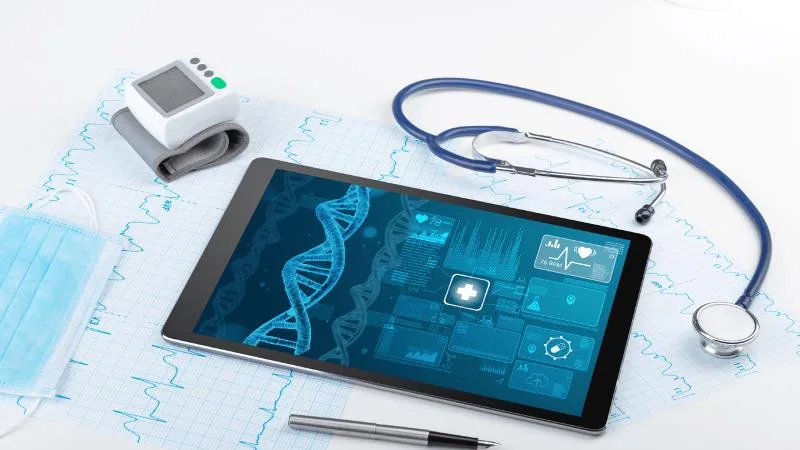In 2025, Pakistan’s federal government and health authorities have launched an ambitious initiative to digitize the medical device registration and licensing system, ushering in a new era of regulatory transparency, efficiency, and public access.
🚀 Key Advances in Digitization
- During a high‑level DRAP meeting on July 14, 2025, chaired by Federal Health Minister Syed Mustafa Kamal, Pakistan confirmed its strategy to shift medical device regulatory processes entirely online — covering registration, approvals, and licensing.
- This move complements Prime Minister Shehbaz Sharif’s official inauguration of the digital infrastructure later in July, introducing an online framework that reduces processing time from years to as little as twenty days.
Benefits for Healthcare, Industry & Economy
⚕️ Faster, Citizen‑Friendly Regulation
Patients, clinics, and importers can submit applications remotely, saving time and reducing bureaucratic delays.
🔒 Enhanced Transparency and Oversight
An online system strengthens compliance, regulatory accountability, and data integrity.
📈 Economic Growth Opportunities
Digitization supports Pakistan’s pharmaceutical and medical device export potential by simplifying cross-border trade and regulatory compliance.
Sector Challenges & Response
In early 2025, associations such as the Healthcare Devices Association of Pakistan (HDAP) and local chambers raised alarms over a severe backlog. Thousands of applications for Class A and B medical devices—ranging from cardiac equipment to diagnostic tools—remained unapproved. Shipments stalled at ports threatened patient care across hospitals and increased financial losses for suppliers.
To prevent further strain on healthcare services, business leaders implored authorities to extend registration deadlines (initially set for December 31, 2024), streamline processing, and accelerate digital deployment.
Strategic Implementation Plan
Pakistan’s integrated approach includes:
- Establishing an end‑to‑end online platform to manage device approvals and licensing.
- Modernizing DRAP into a transparent, innovation‑driven regulator focused on patient safety.
- Aligning digital transformation with national goals to boost healthcare exports and economic resilience.
Outlook & Industry Impact
The medical devices market in Pakistan is projected to reach US $705 million in 2025, with a compound annual growth rate of approximately 9.3% through 2030, possibly exceeding US $1.1 billion by the decade’s end. Digitization efforts are poised to catalyze this expansion by attracting foreign investment, reducing import bottlenecks, and promoting regulatory clarity.
Why It Matters
| Area | Key Impact |
|---|---|
| Patients & Providers | Faster access to safe, certified medical devices |
| Industry & Trade | Streamlined import/export processes and improved regulatory predictability |
| Regulator (DRAP) | Transforms into a more agile, transparent, citizen-centered agency |
| National Economy | Enhances export capabilities, innovation, and regulatory governance |




+ There are no comments
Add yours